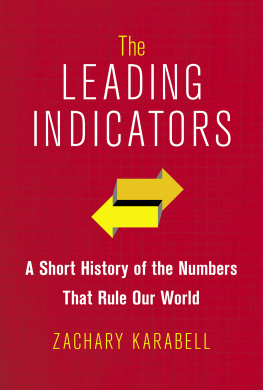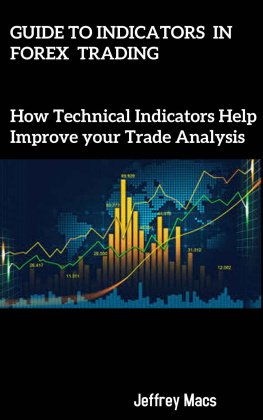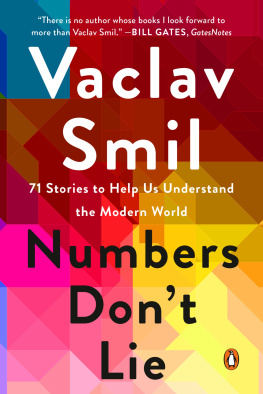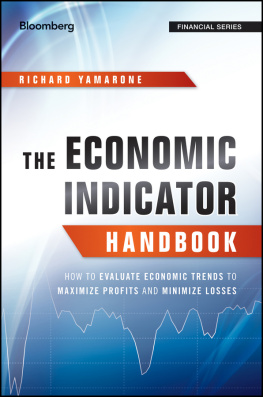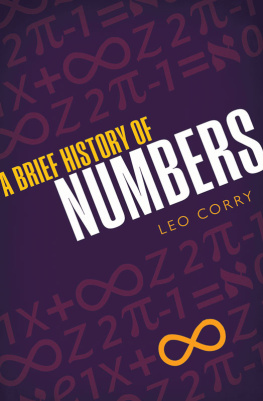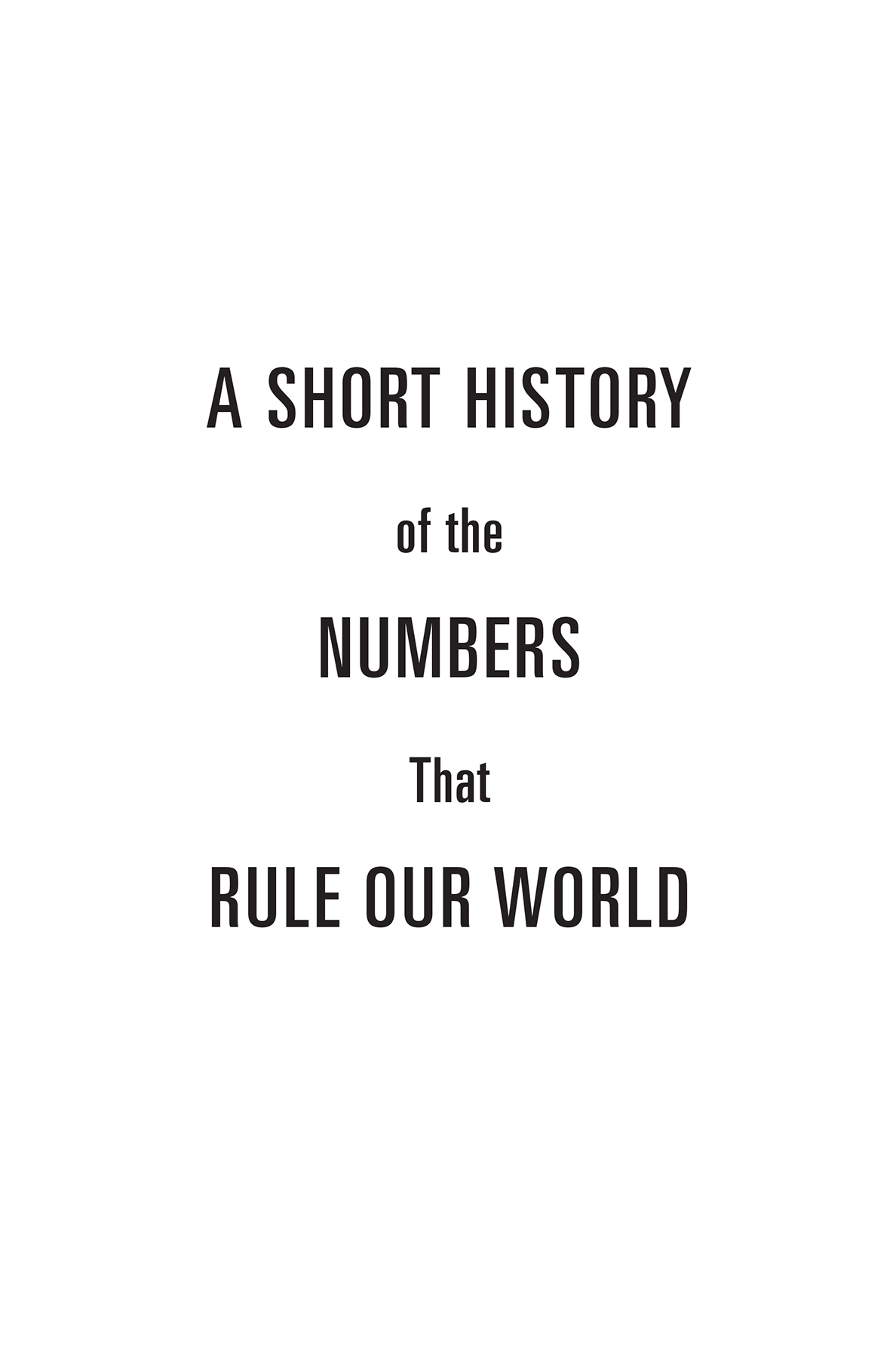ALSO BY ZACHARY KARABELL
Sustainable Excellence: The Future of Business in a Fast-Changing World (with Aron Cramer)
Superfusion: How China and America Became One Economy and Why the Worlds Prosperity Depends on It
Peace Be upon You: The Story of Muslim, Christian, and Jewish Coexistence
Parting the Desert: The Creation of the Suez Canal
Chester Alan Arthur
Kennedy, Johnson, and the Quest for Justice: The Civil Rights Tapes (with Jonathan Rosenberg)
The Generation of Trust: Public Confidence in the U.S. Military Since Vietnam (with David C. King)
A Visionary Nation: Four Centuries of American Dreams and What Lies Ahead
The Last Campaign: How Harry Truman Won the 1948 Election
Architects of Intervention: The United States, the Third World, and the Cold War, 19461962
Whats College For? The Struggle to Define American Higher Education

Simon & Schuster
1230 Avenue of the Americas
New York, NY 10020
www.SimonandSchuster.com
Copyright 2014 by Zachary Karabell
All rights reserved, including the right to reproduce this book or portions thereof in any form whatsoever. For information, address Simon & Schuster Subsidiary Rights Department, 1230 Avenue of the Americas, New York, NY 10020.
First Simon & Schuster hardcover edition February 2014
SIMON & SCHUSTER and colophon are registered trademarks of Simon & Schuster, Inc.
The Simon & Schuster Speakers Bureau can bring authors to your live event.
For more information or to book an event, contact the Simon & Schuster Speakers Bureau at 1-866-248-3049 or visit our website at www.simonspeakers.com.
Interior design by Ruth Lee-Mui
Jacket art: Arrows SkillUp/Shutterstock; grid Ivancollad/Shutterstock
Library of Congress Cataloging-in-Publication Data
Karabell, Zachary.
The leading indicators : a short history of the search for the right numbers / Zachary Karabell. First Simon & Schuster hardcover edition.
pages cm
Includes bibliographical references and index.
1. Economic indicatorsHistory. 2. EconomicsStatistical methodsHistory. 3. Economic indicatorsUnited StatesHistory. 4. EconomicsUnited StatesHistory. 5. United StatesEconomic conditions. I. Title.
HB137.K36 2014
330.01'5195dc23
2013039641
ISBN 978-1-4516-5120-1
ISBN 978-1-4516-5125-6 (ebook)
Contents
INTRODUCTION
What if I told you that many of the assumptions we make about our economic life are wrong? What if those assumptions shaped our domestic economic policies? What if they determined core aspects of our international strategy? What if they bolstered the deep and intractable funk that seized the developed world after the financial crisis of 200809? What if indeed.
We live in a world defined by economic numbers. We assess how we are doing personally and collectively based on what these numbers say. How fast our country is growing economically or how slow, how much prices are increasing, how much income we have, whether we are employedthese numbers rule our world. We treat our economic statistics as absolute markers of our success or failure. None of these numbers, however, existed a century ago. Most of them didnt exist in 1950. Yet we enshrine them almost as laws of nature.
Take two recent examples: in 2012, the unemployment rate was a central factor in the US presidential election. It was widely reported that no president had ever been reelected with an unemployment rate more than 7.2%. The monthly release of the unemployment report became one of the most watched events that summer and fall, and each new number ushered in assertions that the economy was recovering and accusations that it was not. Through election day, the rate never dropped to that supposedly portentous 7.2% level, and was hovering close to 8% when Barack Obama was reelected. Obamas victory had seemingly broken with a strong historical pattern. But did it? The answer is no, for reasons that will become clear in these pages. Our sense of probability and likely outcomes was wrong. How we came to place such stock in these numbersand what to do nowis the subject of this book.
The other example is a widely accepted fact that has dramatic social and political consequences: the trade deficit between the United States and China. Few issues have weighed more heavily than this gap, and it has created substantial tension between the United States and China at least since 2001. Regardless of political party, Americans have decried unfair Chinese trade practices, the undercutting of American wages and manufacturing jobs, and the negative effects of the relationship on the global financial system. But what if the actual size of the trade deficit is significantly less, or perhaps even nonexistent? That may seem an outlandish question, but it is not. We rely on trade numbers compiled every month by the government, and those numbers tell us that there is a deficit. As we shall see, however, the world these statistics say we are living in and the one we are actually living in often diverge; the world we are living in is not the one that these statistics depict.
Every day we are showered with economic statistics such as GDP, unemployment, inflation, trade, consumer sentiment and spending, the stock market, and housing. This suite of statistics intimately shapes our perceptions of reality. We now refer to them as our leading indicators, and they are thought to provide key insights into the health of the economy. But they measure only what they were designed to measure at the time they were invented. The world, however, has not stayed the same.
Just how much it has changed was brought home in the middle of 2013. You may not have noticed, but one day in 2013, the US economy grew by $400 billion overnight.
That wasnt because of normal economic growth. After all, given that the gross domestic product (GDP) of the United States is in excess of $16 trillion, even at a modest clip it will get hundreds of billions of dollars larger each year.
No, the reason for that boost was not a sudden surge of activity. One day, those billions just appeared. And not only just appeared, but apparently had been there all along. On July 31, 2013, the US Bureau of Economic Analysis (BEA), which is the government agency responsible for calculating the size of the US economy, announced that it had shifted the way it measured national output. The result was a $400 billion adjustment.
Given the language used by the agency in describing the revision, you could be forgiven for missing the import. Months before the official new number, the BEA had announced the change. But few of us sit up and take notice when greeted with this headline: Preview of the 2013 Comprehensive Revision of the National Income and Product Accounts: Changes in Definitions and Presentations. The subsequent official announcement in July was hardly catchier. In its bulletin describing the new methodology, the BEA stated that it would now include creative work undertaken on a systematic basis to increase the stock of knowledge, and use of this stock of knowledge for the purpose of discovering or developing new products, including improved versions or qualities of existing products, or discovering or developing new or more efficient processes of production.
This inelegant prose masked a profound shift in the way that we understand the economy. Until the Great Depression, no country measured its national output. The global economic crisis of the 1930s led to efforts in both the United States and Great Britain to develop statistics that would provide some clarity about what was going on. National income and GDP were two of the most important statistics to emerge from that era. By the middle of the twentieth century, countries everywhere were using these numbers.

